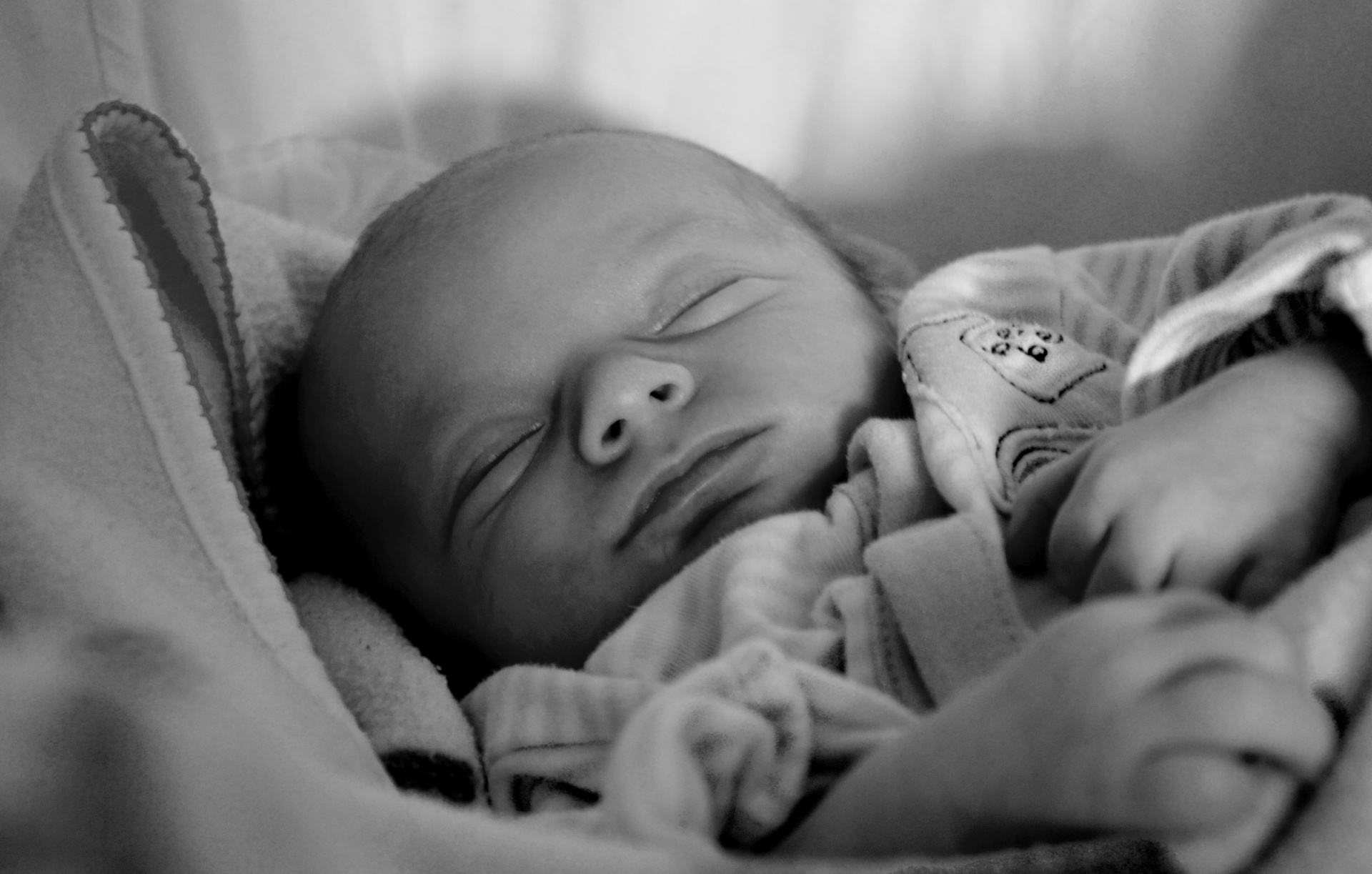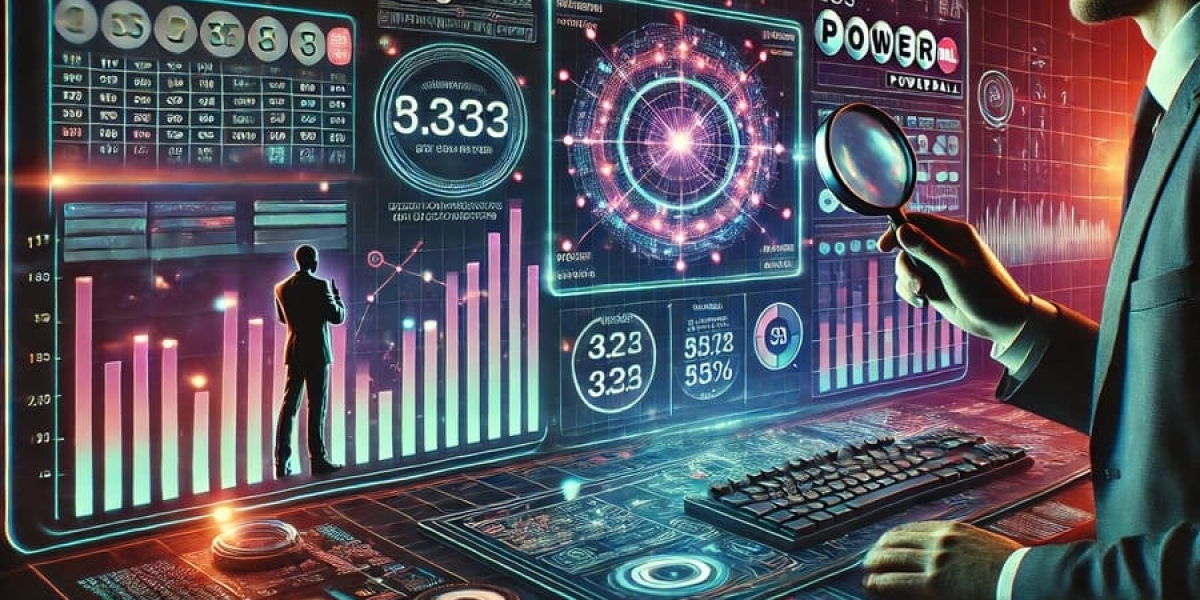According to Navarro and Eastman, these are common false physique language narratives. Crossing the arms and clearing the throat can each be self-soothing or pacifying behaviors and are not essentially evidence of disinterest or deception. Beyond behavioral disconnect, it’s not useful to miss the impact of dangerous days, diseases, and distractions which may affect a person’s physique language in any given interplay. Science of People presents over 1000+ articles on folks expertise and nonverbal habits.
Rubbing Hands Together Briskly
Often, we can hear how assured or anxious one feels by simply listening to their voice. By studying paralanguage, we will even grasp our own voices and give energy to our words. Blocking cues are performed to magically "vanish" the trigger of people’s stress or nervousness. Like the three clever monkeys—"see no evil, hear no evil, communicate no evil"—these cues include barriers like touching the mouth or crossing the arms to block out the setting.
Direct Eye Contact
By taking note of physique language, people can improve their communication abilities, construct rapport, and higher understand themselves and others. Overall, physique language is a powerful software that influences how people are perceived and how they interpret the world around them. Body language is a powerful communication that goes past linguistic obstacles and speaks volumes about our thoughts, emotions, and intentions. Looking to the longer term, the sector of nonverbal communication studies continues to evolve. Advances in technology, corresponding to AI-powered facial recognition and emotion detection systems, are opening up new avenues for analysis and utility.
Behavior Matching: The Subtle Art of Social Mirroring and Its Impact
And unlike some types of nonverbal communication, facial expressions are universal. The facial expressions for happiness, sadness, anger, shock, concern, and disgust are the identical across cultures. When your nonverbal alerts match up with the words you’re saying, they enhance belief, clarity, and rapport. When they don’t, they can generate rigidity, distrust, and confusion. In reality, it’s not the words that you use however your nonverbal cues or physique language that talk the loudest. They can put people comfortable, construct trust, and draw others in the path of you, or they will offend, confuse, and undermine what you’re attempting to convey. Even when you’re silent, you’re nonetheless communicating nonverbally.
This implies that of all messages, solely 7% is verbal (words only), 38% is vocal (tone of voice, intonation, and other sounds), and 55% is through nonverbal (no words) forms of communications. The Duchenne smile is a smile that signals true happiness and is characterized by the "crow’s feet" wrinkles across the corners of the eyes together with upturned corners of the mouth. This guide is your key to studying individuals AND having assured body language. Of course, it is verbal and nonverbal communication—as well as the context of a situation—that often paints a full image. If we wish to really feel a sure way, we will use our body language to our advantage. Using body language with intention is all about discovering stability. For occasion, when shaking someone's hand before a job interview, holding it considerably firmly can signal professionalism.
If your reference to someone new is building, you may find yourself mirroring one another's body language and habits. This won't happen over a video name where you possibly can only see the individual from the shoulder up. However, in-person, this phenomenon may help foster deeper connections. Yes, the first time you meet somebody, you can cowl surface-level details. However, the following time you see the individual, or after you’ve been speaking for a while, attempt to go deeper. However, you can probably consider instances you’ve had superb conversations with somebody so totally different from you. Learning the way to join with people just requires an open mind and Analise De Comportamento Corporal a few social abilities.
Why is human connection so important?
We are inclined to really feel connected when somebody has been notably responsive to our unique wants in a state of affairs, and when we have acted effectively (and of our own volition) to satisfy others' wants. Enjoy the present and take every opportunity to be taught from others. Some people take pleasure in talking about their own accomplishments, objectives, and interests. Initially, this may be an attention-grabbing approach to get started, though it can come throughout as self-centered and fizzle out rapidly. Learning extra about networking techniques and themes mentioned on the occasion could be a major step in the course of creating new connections in new social settings or unfamiliar territory. Actively loving happens whenever you see love as a verb instead of a method of being.
Now, supporting others isn’t so satisfying if we don’t really feel like we're appreciated. Social scientists have proven that expressions of gratitude assist us to kind and maintain our relationships. These little boosts of appreciation act as glue for our ongoing connections. Our appreciation is most effective after we level specifically to exactly how one other person met our needs, which highlights just how well they supported us. Communication is all the time key, and on the lookout for a chance to start out the dialogue is vital to creating significant connections.









